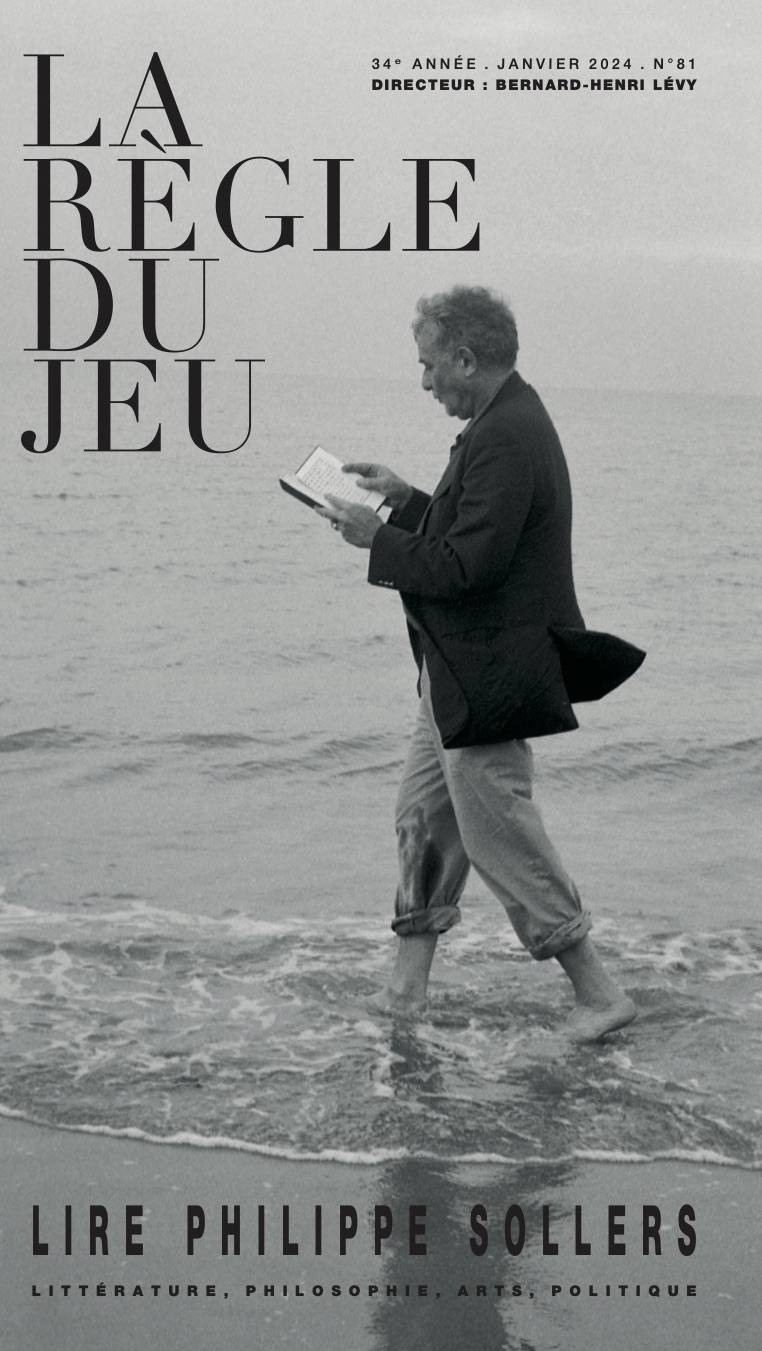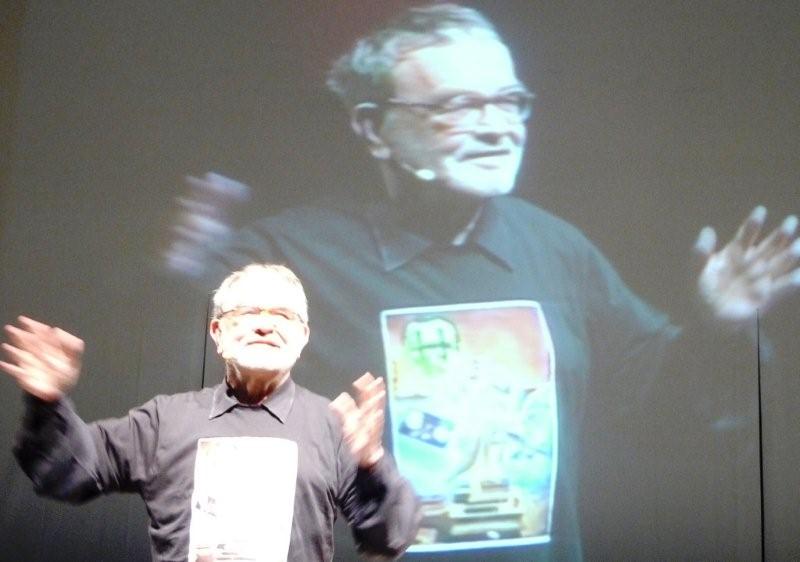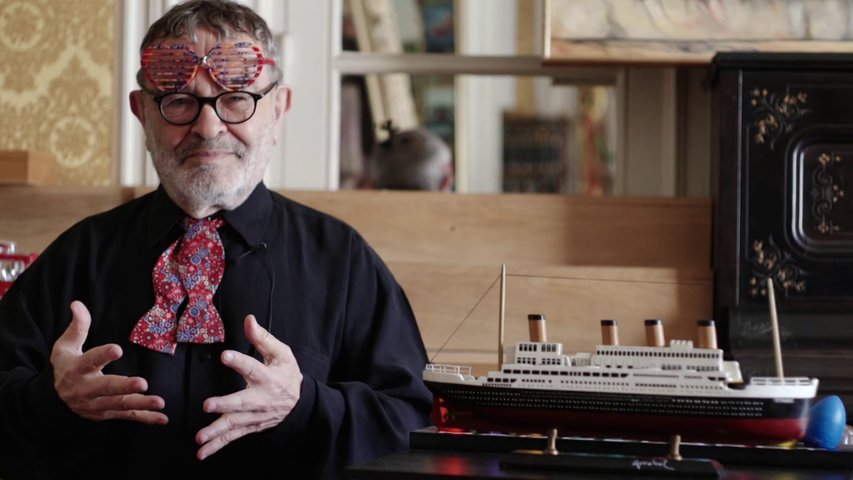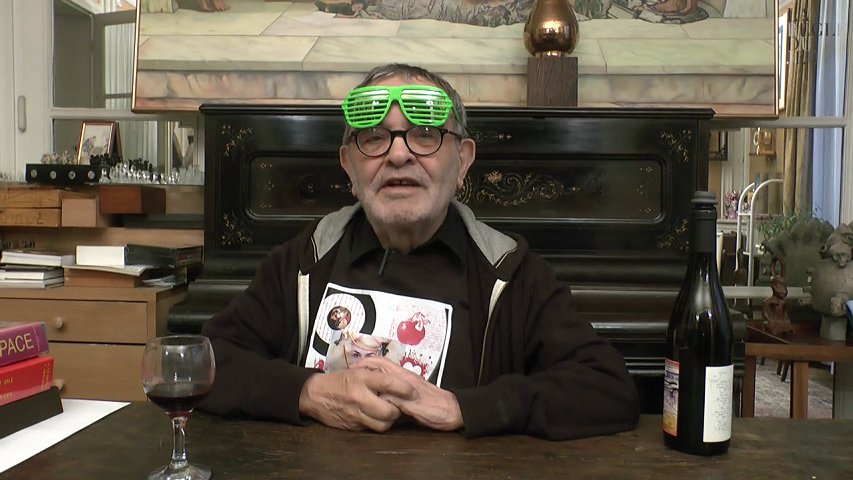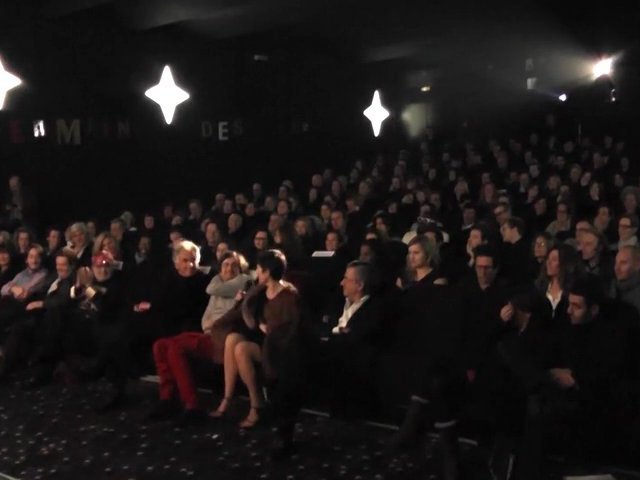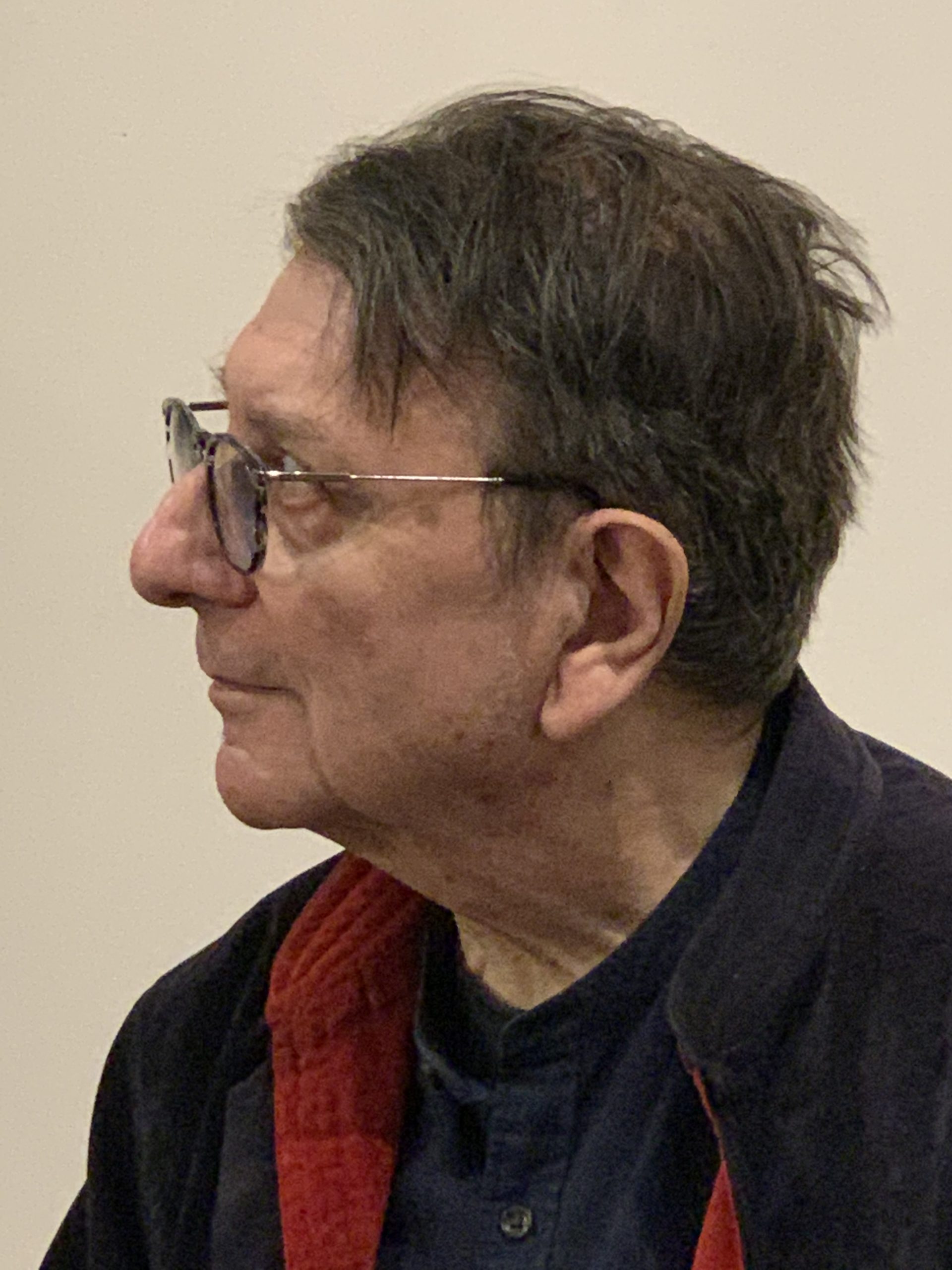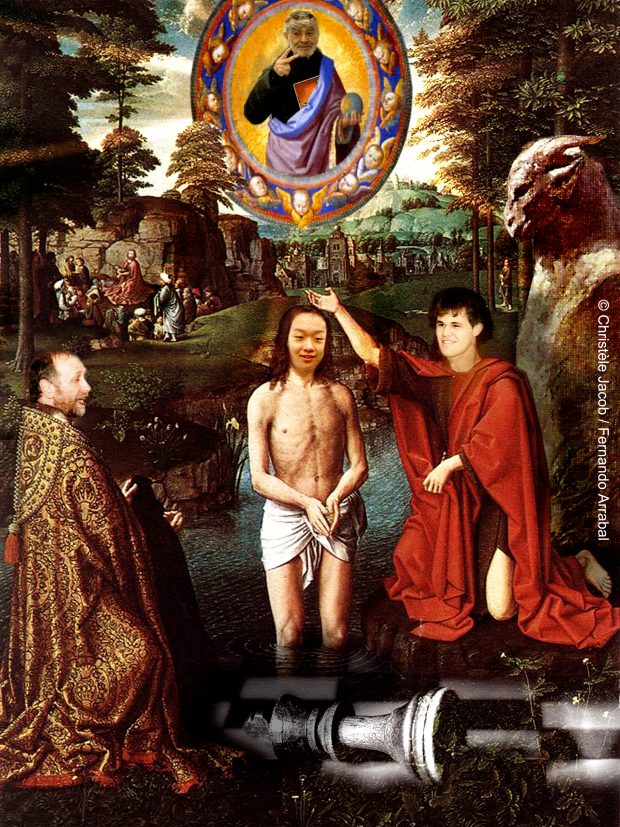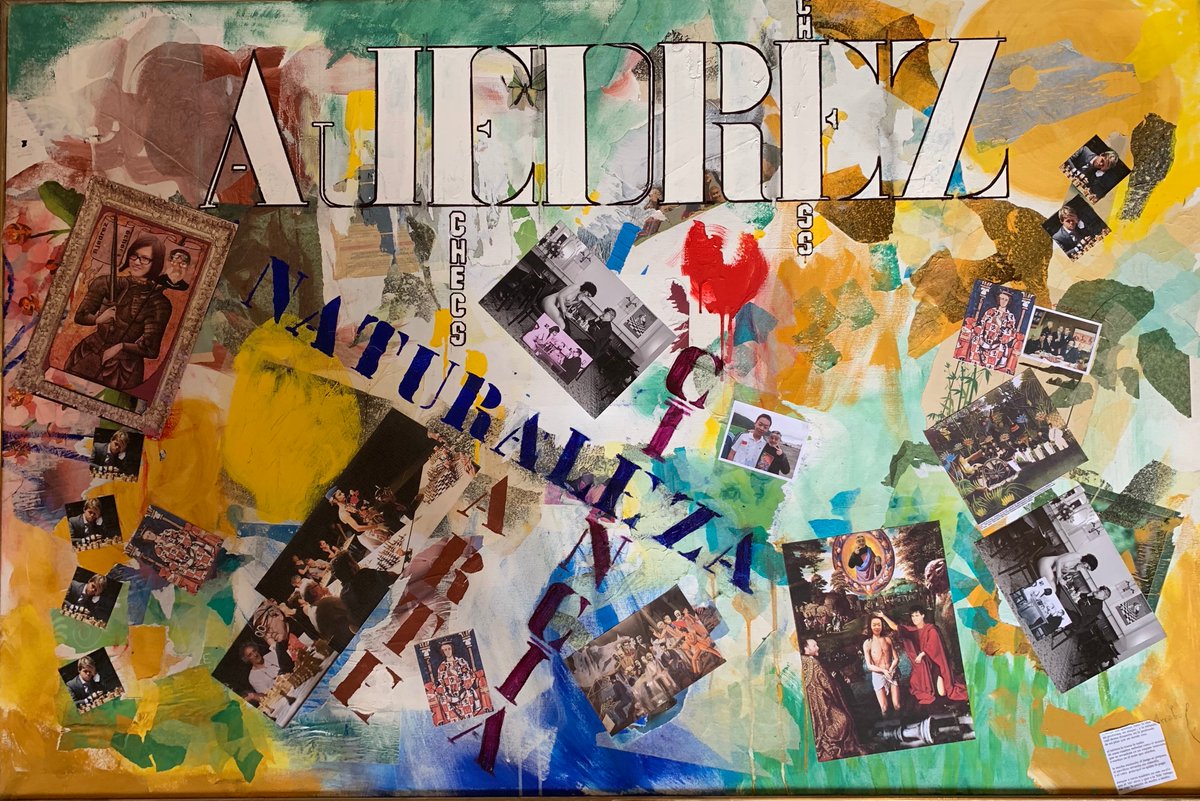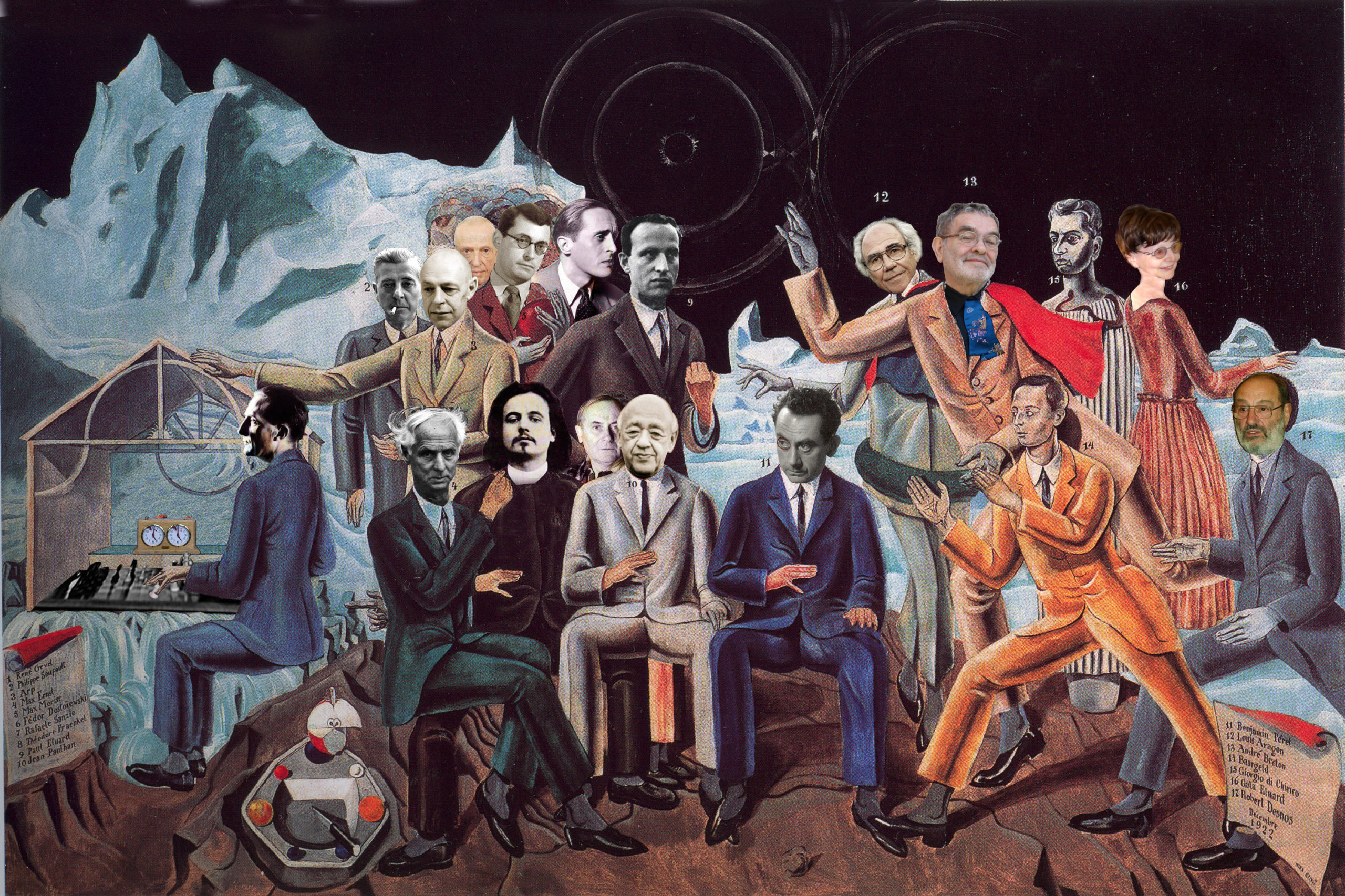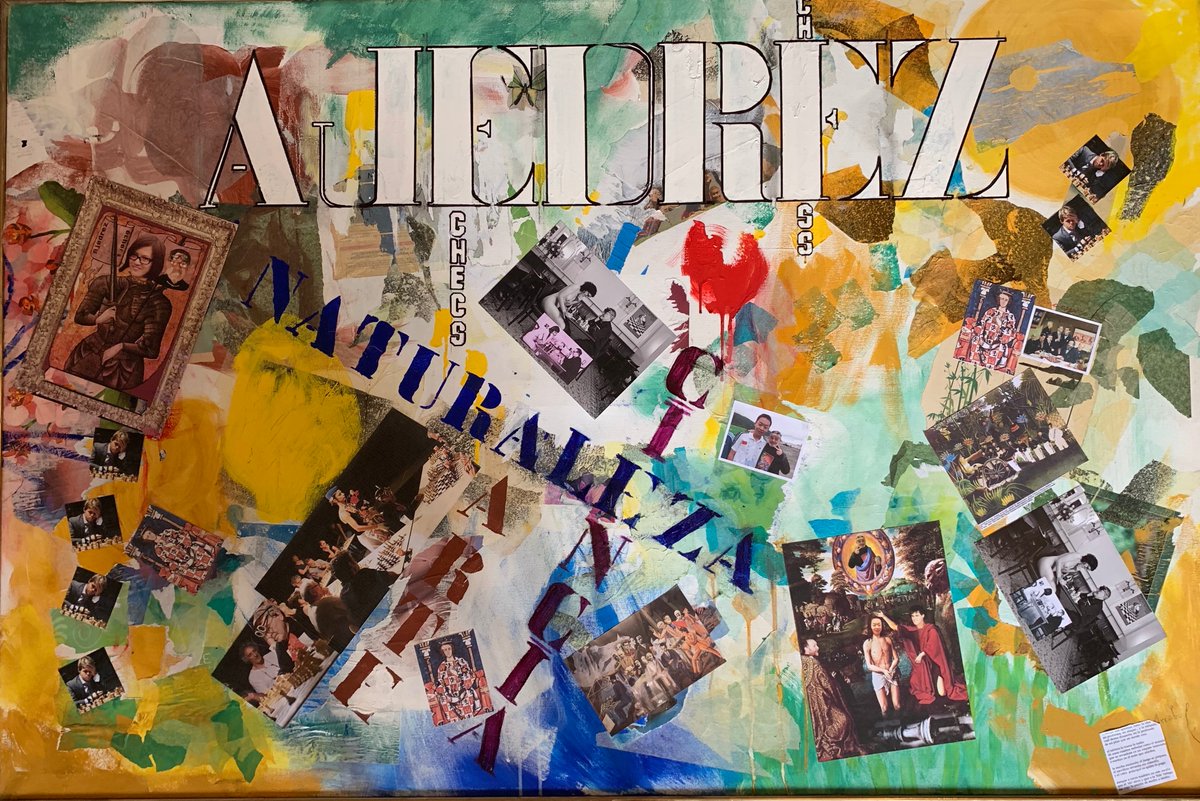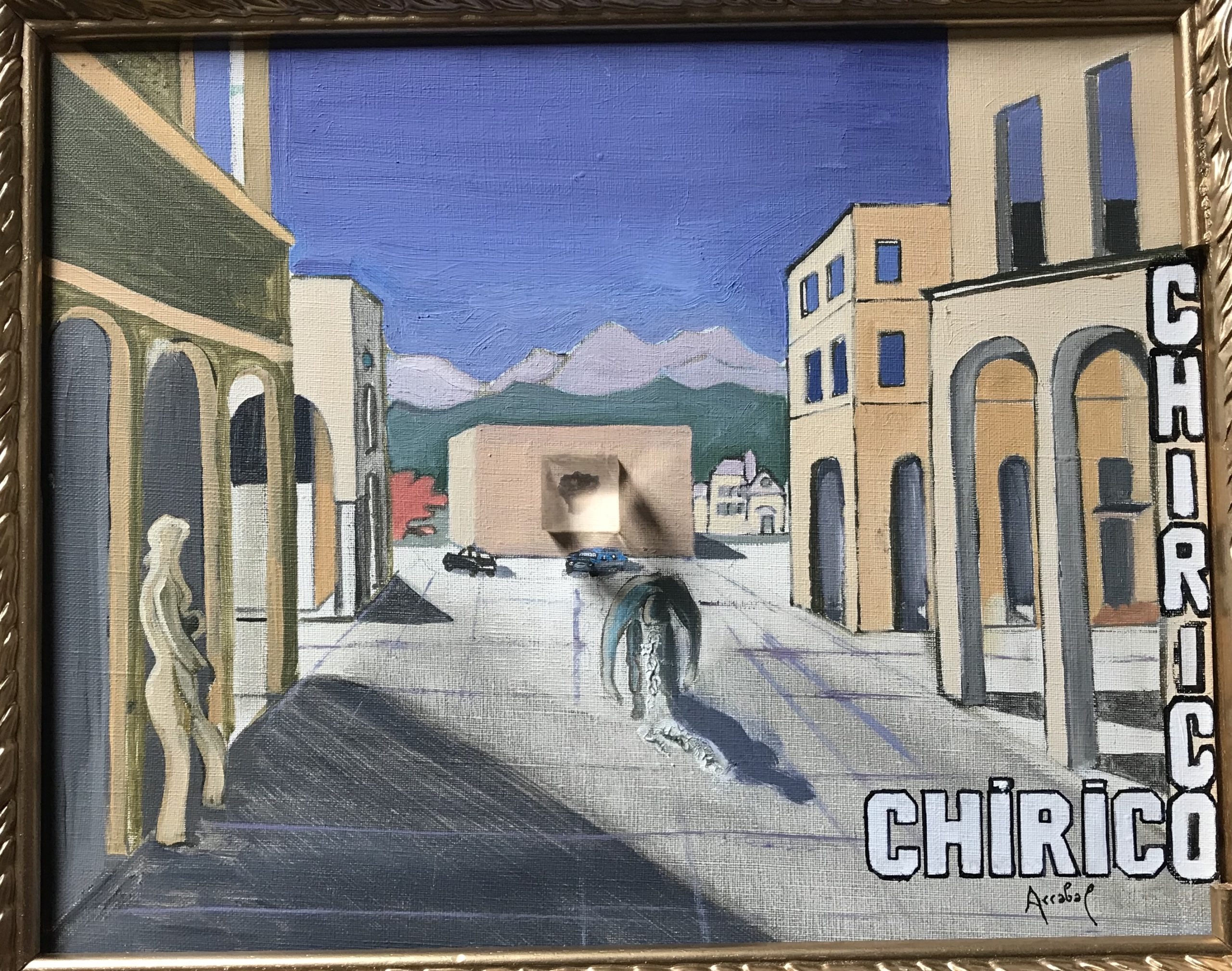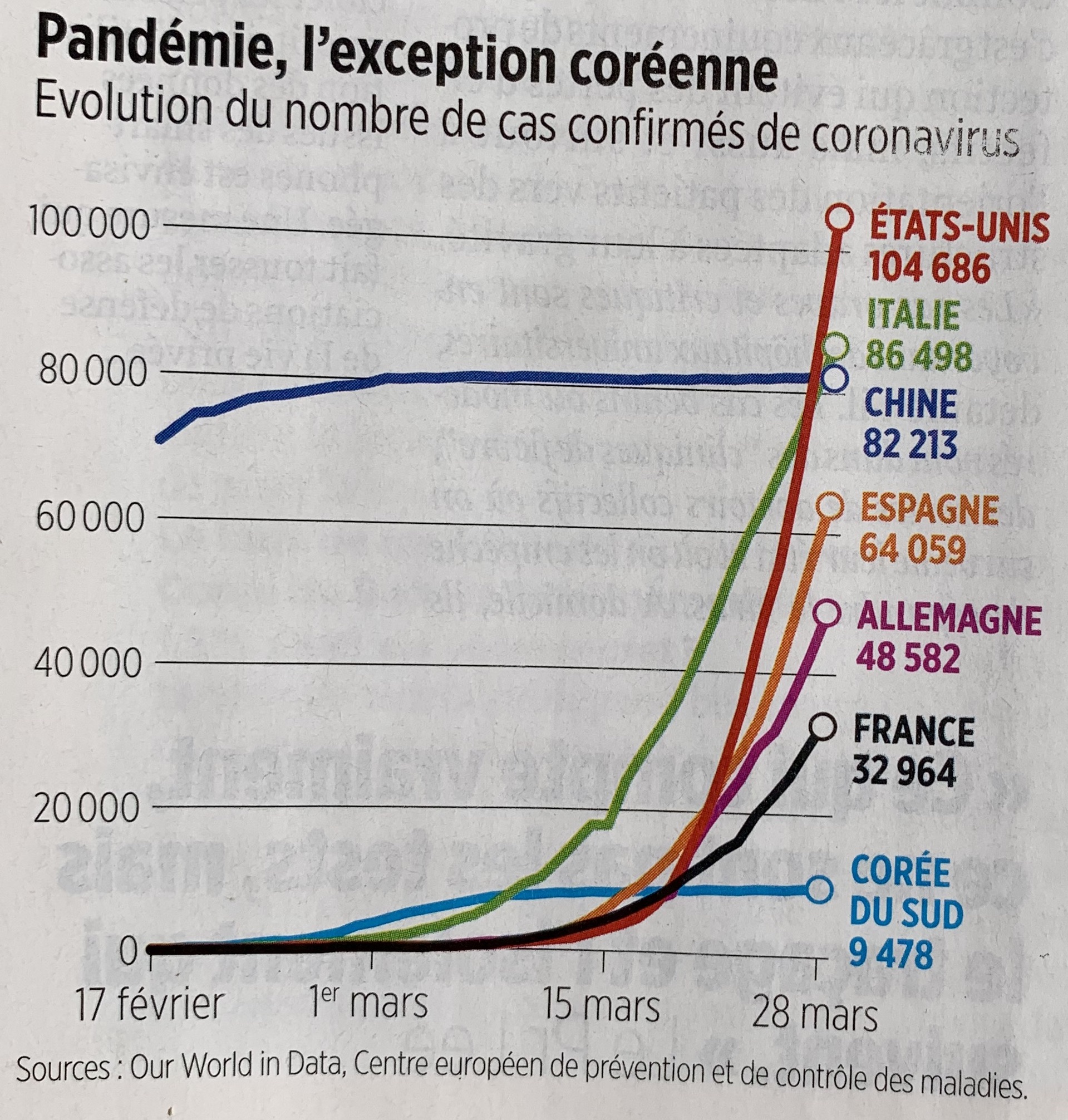By CLIVE BARNES
The New York Times
« The best thing he has done in years »
Presumably, even critics develop. When I first saw Fernando Arrabal’s play “The Architect and the Emperor of Assyria” at Britain: National Theater, I was modesty somewhat unimpressed. I did not really understand it – perhaps simply because all critics are slightly behind their times. It is not so much an occupational hazard as an occupational disease, and should be recognized as such and treated kindly. We do our best.
On Friday night at the La Mama Annex on East Fourth Street, the Nelly Vivas Company gave the Arrabal play its New York premiere, and I was overwhelmed. It was a great theatrical experience. A play about relationships that genuinely related. Now the simple explanation in such circumstances is to say that the second staging was so much better. But I suspect it wasn’t. The National Theater production was staged by the brilliant South American director Victor García and it starred Jim Dale. and Anthony Hopkins. No carc had been spared. But for me it didn’t really work – I was interested but totally puzzled. Now at La MamaTom O ‘Horgan has staged it – it is the best thing he has done in years – in a very different fashion, and I found it most beautiful and interesting.
***
The play is concerned with two people living together, and the games they play, the roles they assume the gestures they make. It has the fantasy of the poetically sane. There are two people: One is the Architect and the other is the Emperor -it might be thought that they symbolize special aspects of life. But that would not be quite true.
Mr. Arrabal is more subtle than that. Indeed, just as all dreams and all fantasies that one has emerge from the single psyche, so indeed both of these men, arguing, accusing, condemning, fighting, loving and losing, could indeed be a representation of one person. On one all ton human soul in conflict. But probably not. There does seem to be an dialogue here, and a dialogue not between the contradictory forces of human nature, but a dialogue between two people missing out in love. They embrace, they devour, they die.
***
It is the texture of the play that is so fascinating and important. It has layers to it. At one time you think you are seeing this, at another time you are confident you are seeing that. If the art of poetry is ambiguity raised to the level the other dreams or nightmares – and by the way, it is – then this play is almost impossibly poetic. The language floats, jumps and sparkles.
It has been translated by Everard d’Harnoncourt and Adele Shank, and quite obviously they have done a fine job. There is a dazzling madness of words scattered across the airy like diamante stars. The play is a confrontation. It takes place on an island. Two people confined and in conflict and in love. The Architect and the Emperor – the two symbols, perhaps, of the human condition on its creative level. Or, perhaps, the way we all, all of us, are -the titles themselves carry their own message. But interestingly Mr. Arrabal permits the two of them – these two aspects of personality – continually to switch roles. He is saying that in all of us there: is an Architect someone who needs to build and control, and an Emperor who needs to reign. The concept is interesting, of course, but what makes it compelling is Mr. Arrabal’s brilliant use of it. The man dreams in the images of reality. He reminds me of another Spanish artist. Goya – and the Caprichos sketches – the « dream, » as Goya put it, “of reason produces monsters. »
***
Mr. Arrabal is severely anticlerical -his attacks on the church are bloody and unbound -but he may even be severely antihuman. One has a sense -a feel you have for another satirist such as Jonathan Swift- that he has looked at us carefully , perhaps, at least hopefully, but too carefully, and found us disappointing.
The play does play God. but it plays it very convincingly. One reason of course is Mr. O‘Horgan’s elegantly inventive production, which stages the play with precisely the explosive exposition that its statement demands, and also the acting. There are two alternative casts. On the night the roles were taken with love and care by Lazaro Perez as the Architect and Ronald Perlman as the Emperor. They were brilliant in an evening of dizzy revelation.
Mr. Arrabal with his perceptions, absurdities, and understanding is a playwright to be honored, treasured and understood. In this play he is saying something about the isolation, the solitariness and the need of man that, so far, as I cat, see, no other playwright has quite gotten on stage before. A playwright reveals, himself when in the electric instant of the moment he tells us the story of our lives.
Mr. Arrabal does that with the grace of the fantastic and the gaucheness of the real.
The Cast
THE ARCHITECT AND THE EMPEROR OF ASSYRIA by Fernando Arrabal
Directed by Tom O Horgan;
settings by Bill Stablie;
lighting by Cheryl Thacker;
costumes by Joseph Aulisi.
Written in l965 translated
by Everard d’Harmoncourt and Adele Shank.
Production coordinator, Nelly Vivas.
Production Stage managers, Marc Cohen.
Galan Mc Kinley.
La Mama Annex presents Nelly Vivas Company.
At La Mama Annex, 66 East Fourth Street.
The Architect……..………………..Lazaro Perez
The Emperor.………………….Ronald Perlman
